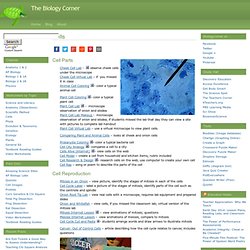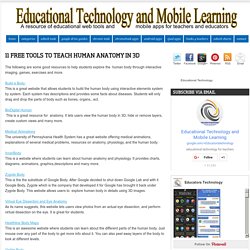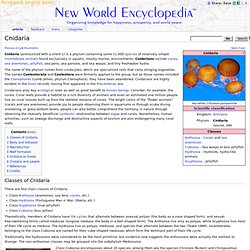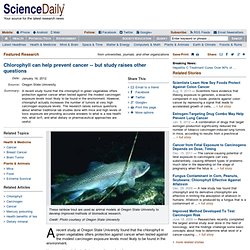

Kids Discover. Cells, for kids, lays out all the basic facts about these microscopic structures out of which our bodies are made, covering everything from their internal “organs” to the way they determine every single human characteristic.

It’s hard to imagine, but each of the trillions of human cells in our bodies operates like a little “mini-me”: it gathers fuel, creates energy, grows, reproduces, and even dies – just like we do. Much more than just the “building blocks” that our bodies are made of, cells control every single function of the human body and every last human characteristic, like height and hair color, that makes us who we are. Cells, for kids who are curious about how our bodies do what they do, spells out these important tasks in fun and fascinating detail; they’ll learn about the major differences between plant and animal cells, as well as get a close-up look at the “organs” that power each one.
Plant Cells Virtual Lab. Cell Biology. Cell Parts Cheek Cell Lab - observe cheek cells under the microscope Cheek Cell Virtual Lab – if you missed it in class Animal Cell Coloring - color a typical animal cell Plant Cell Coloring - color a typical plant cell Plant Cell Lab - microscope observation of onion and elodea Plant Cell Lab Makeup - microscope observation of onion and elodea, if students missed the lab that day they can view a site with pictures to complete lab handout Plant Cell Virtual Lab – use a virtual microscope to view plant cells.

Comparing Plant and Animal Cells – looks at cheek and onion cells Prokaryote Coloring - color a typical bacteria cell Cell City Analogy - compares a cell to a city Cells Alive (internet) - view cells on the web Cell Model – create a cell from household and kitchen items, rubric included Cell Research & Design - research cells on the web, use computer to create your own cell Cell Rap – song or poem to describe the parts of the cell. Home - CreativeBiology. Biology in Motion. DNA Damage. Ed Tech Start Ups Group News. The following are some good resources to help students explore the human body through interactive imaging, games, exercises and more.

Build-a Body: This is a great website that allows students to build the human body using interactive elements system by system. Each system has descriptions and provides some facts about diseases. Students will only drag and drop the parts of body such as bones, organs,..ect. BioDigital Human This is a great resource for anatomy. It lets users view the human body in 3D, hide or remove layers, create custom views and many more. Medical Animations The university of Pennsylvania Health System has a great website offering medical animations, explanations of several medical problems, resources on anatomy, physiology, and the human body. InnerBody This is a website where students can learn about human anatomy and physiology. Zygote Body This is the the substitute of Google Body. Visible Body This one here allows you to view the human body in 3D. Cnidaria.
From New World Encyclopedia Cnidaria (pronounced with a silent c) is a phylum containing some 11,000 species of relatively simple invertebrate animals found exclusively in aquatic, mostly marine, environments.

Cniderians include corals, sea anemones, jellyfish, sea pens, sea pansies, and sea wasps, and tiny freshwater hydra. Science Teacher Network Group News. Chlorophyll can help prevent cancer. A recent study at Oregon State University found that the chlorophyll in green vegetables offers protection against cancer when tested against the modest carcinogen exposure levels most likely to be found in the environment.

However, chlorophyll actually increases the number of tumors at very high carcinogen exposure levels. Beyond confirming the value of chlorophyll, the research raises serious questions about whether traditional lab studies done with mice and high levels of toxic exposure are providing accurate answers to what is a real health risk, what isn't, and what dietary or pharmaceutical approaches are useful.
The findings, published in the journal Food and Chemical Toxicology, were done using 12,360 rainbow trout as laboratory models, instead of more common laboratory mice. Rodent studies are much more expensive, forcing the use of fewer specimens and higher carcinogen exposures. This work was supported by the National Institutes of Health. The Biology Corner. Virtual Microscope. Bugscope: Home. Welcome to Froguts! - Virtual Dissection and Labs.
How Small is Small » Lawrence Hall of Science - 24/7 Science. Think Bank - Homeostasis presentation. DNA Interactive: Discovering the DNA Structure and beyond. Biology.